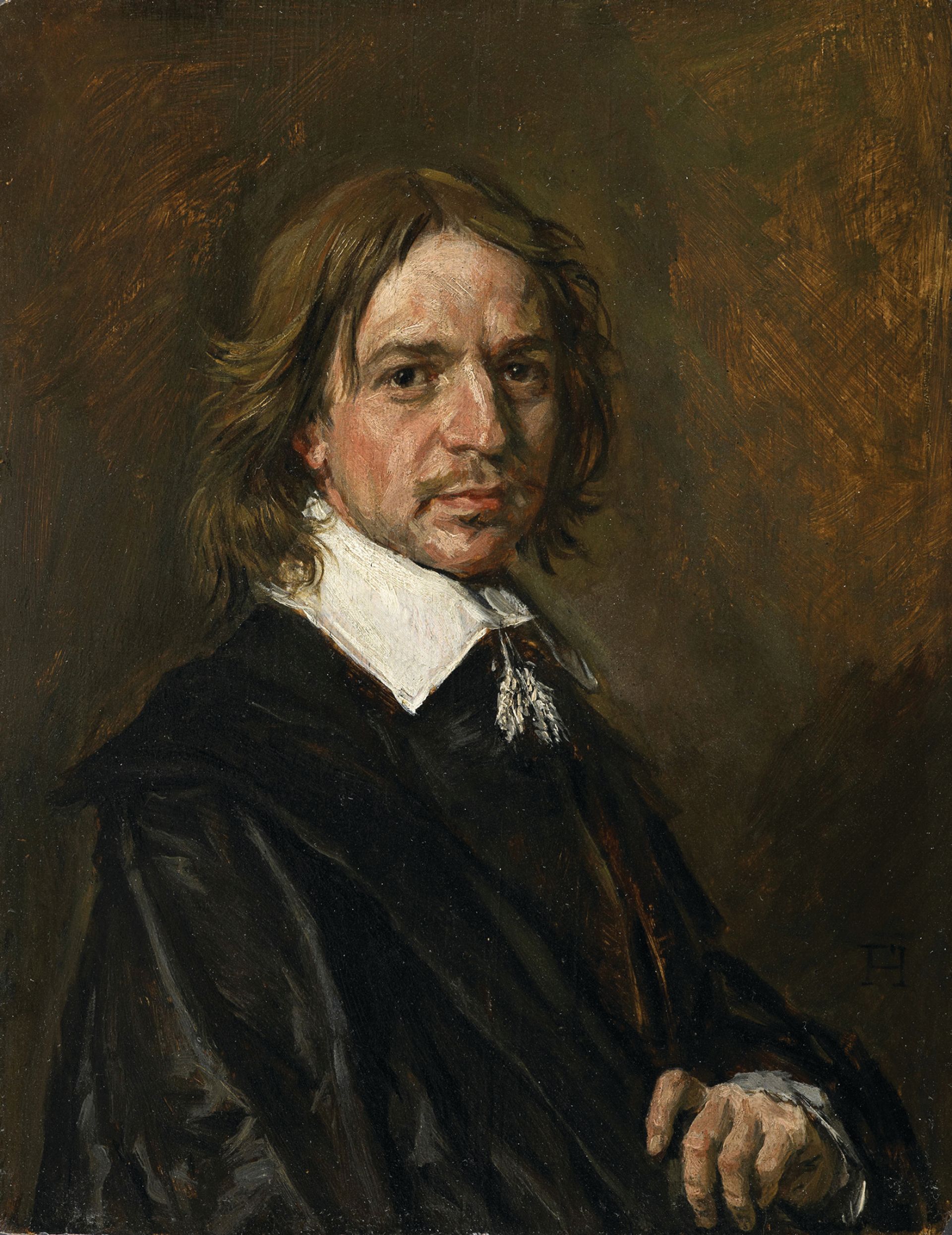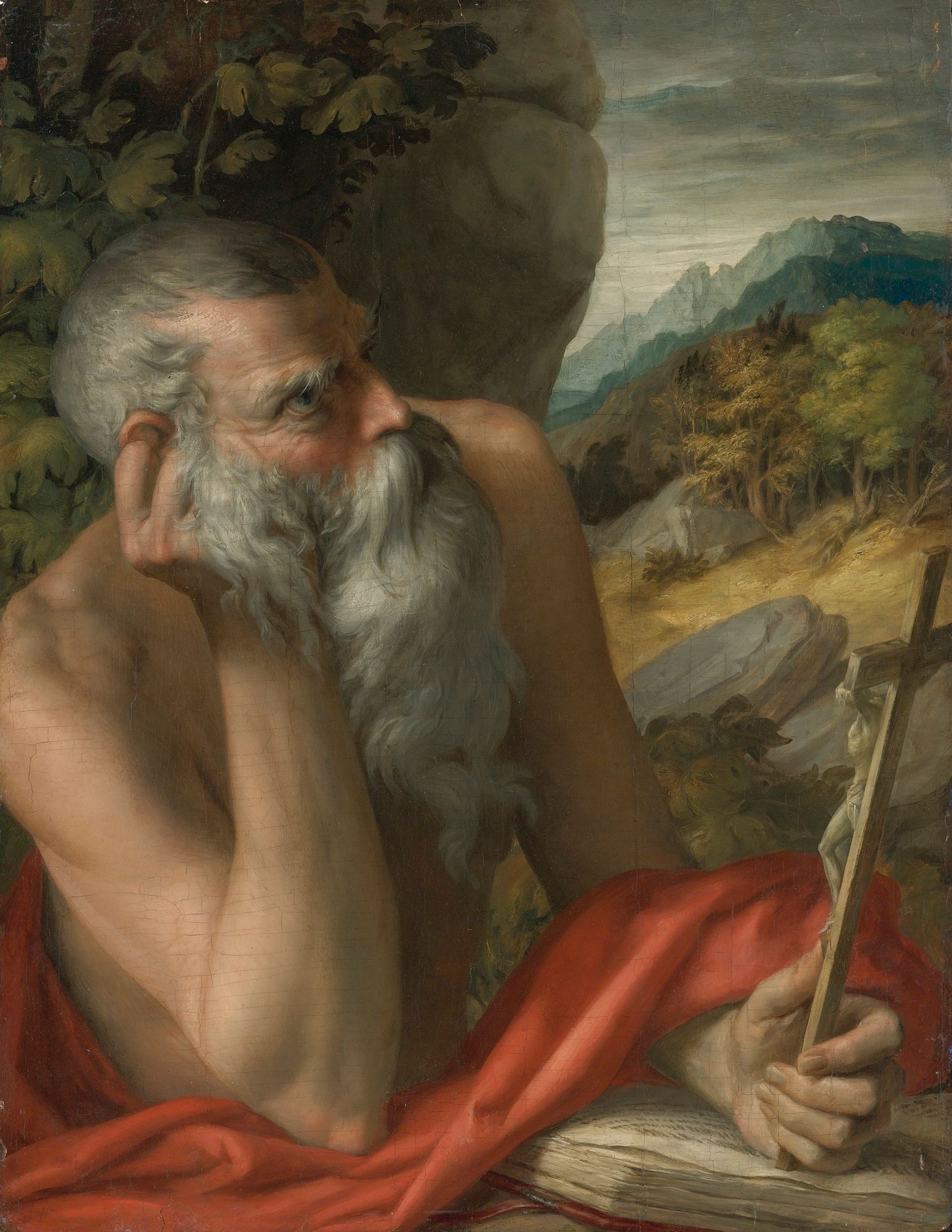A study of an Old Master attributed to Lucas Cranach in the Liechtenstein Collection, which was commissioned by a French judge after the painting was seized in March, has concluded that the Venus could not have come from the artist’s workshop. “The most probable hypothesis is that the work was deliberately executed in the manner of Lucas Cranach the Elder” before being “artificially aged”, it says. The report is still provisional, as the French authorities expect a rebuttal from the Prince of Liechtenstein or other parties named in the case, which is ongoing.
Most of the report is based on the examination by the Laboratoire de Recherche des Musées de France at the Louvre of the painting Venus with a Veil. The laboratory’s study is inconclusive, however. It states cautiously that all the materials are old, but it lists a series of discrepancies with the chemical components used by the painter. The goddess’s loose hair and eyelashes are described as “clumsily executed”, in comparison with two works by Cranach in the Louvre’s collection.

Even more troublingly, the network of cracks is said to appear “incoherent” and “inconsistent with normal ageing”. Dark bubbles and folds, as well as an “abnormal bend” of the panel, could indicate that it has been warmed. The “hesitant” signature and date are considered not to be by Cranach.
The most damning evidence comes from the oak panel, a wood that is uncommon in Cranach’s work. The Parisian Laboratory of Molecular and Structural Archaeology concludes that it was made from a French tree cut at the end of the 18th century or even later. But another, similar examination, carried out by Peter Klein in Hamburg in 2014, stated that it was German oak dating from the painter’s period.
Even before these results were known, two scholars had declared the painting to be a fake. Dieter Koepplin, who authenticated the work as a Cranach in 2013, states that he is now “absolutely certain that it is a forgery”. He tells The Art Newspaper: “I was convinced by macrophotographs I was not able to see at the time,” referring to extreme close-ups of the work. And Gunnar Heydenreich, the leading specialist on the painter, gave the same opinion when summonsed by French police in July.

Growing scandal Still, Johann Kraeftner, the director of the Prince’s collection, says he has “no reason to doubt the work’s authenticity” and will refute “any divergent opinions”.
The painting is one of several once owned by the Italian-based French collector Giuliano Ruffini, who is at the centre of a growing scandal over alleged forgeries. The National Gallery in London, New York’s Metropolitan Museum of Art, the National Museum in Parma and Vienna’s Kunsthistorisches Museum have become embroiled in the saga, having between them borrowed paintings that were sold by Ruffini and later attributed to Orazio Gentileschi, Parmigianino and Frans Hals.
The portrait of a man signed “F.H.” was considered a “true masterpiece” of Hals’s late period by the Louvre’s curator of Dutch painting, Blaise Ducos, in 2008. The Louvre did not raise the €5m asking price, however. The French museum now says that it consulted Dutch curators from the Haarlem Museum and the Mauritshuis, as well as US specialists. However, at the time, Christie’s, which had presented the painting to the curator, withdrew from the sale, expressing doubts about its authenticity.
“Is the art market in such a state of panic that it is ready to dismiss so many Old Master paintings as fakes, without further scrutiny?” asks Ruffini’s French attorney, Philippe Scarzella. He was responding to the news that Sotheby’s had rescinded the sale of this portrait. A week after our French sister paper, Le Journal des Arts, broke the news in late September, Sotheby’s confirmed that “an in-depth technical analysis established that the painting was undoubtedly a forgery”. Traces of modern materials in the ground layers were detected in a sample. Although the firm sold the work on behalf of the UK dealer Mark Weiss, it decided to pay back “in full” the buyer, Richard Hedreen from Seattle, who bought it for $10m in 2011. He lent it to a show at the Seattle Art Museum in 2013.

Sold in good faith Sotheby’s also confirmed that a similar technical examination is now under way of a Saint Jerome, which it sold for $800,000 in good faith as being by an artist in “the circle of Parmigianino”. In 2014, the work was shown at the Met, with an attribution to Parmigianino. A spokeswoman for the museum says that the attribution was discussed by its curators with specialists and “the case for it being by Parmigianino” was made by Mary Vaccaro in her monograph published in 2002 and the catalogue of the Parmigianino exhibition in Parma and the Kunsthistoriches Museum in Vienna in 2003. However, the leading specialist David Ekserdjian says that he “never believed it could be a work by Parmigianino for the simple reason that it is a copy of a composition by Correggio” in Madrid’s San Fernando Royal Academy of Fine Arts Museum.
Meanwhile, in London, Weiss casts doubt on the examinations commissioned by Sotheby’s of the portrait, which he has always considered to be one of Hals’s masterpieces. “I still have to be convinced,” he says, adding that “all the scientific community agrees that further examination should be undertaken”.
“As far as we know, nothing proves that these paintings are forgeries,” says Scarzella, implying that they could be works by pupils or imitators. Stressing that he has not been charged, Ruffini tells us that he sold dozens of paintings in previous decades but never claimed that they were by Old Masters. “If they were later attributed to great artists, the experts, the dealers and the curators are responsible,” he says.

